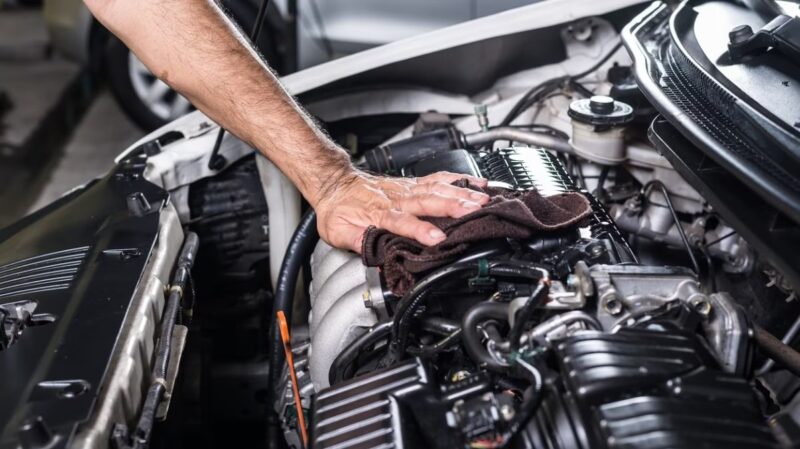Buying new versus old engine parts is a pivotal decision in auto repairs, one that affects both the immediate performance and the long-term health of your vehicle. This in-depth guide is designed to provide you with essential insights and considerations, helping you to make an informed choice between new and used engine parts.
Weighing the Cost
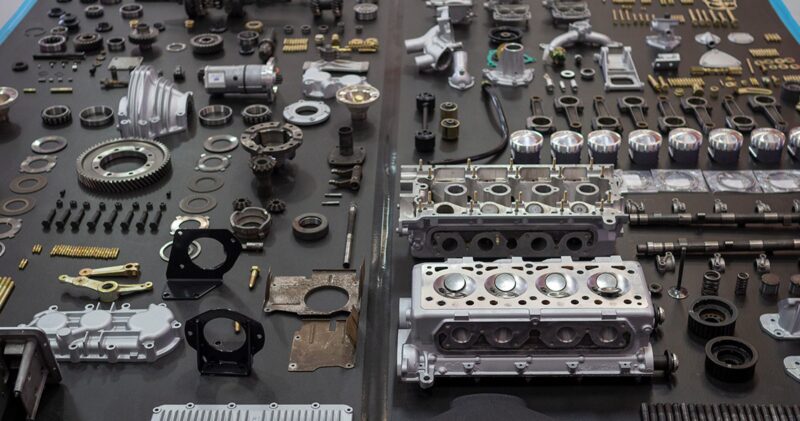
When it comes to auto repairs, the cost is often the primary concern for many. New engine parts, while generally more expensive, offer the advantage of being untouched, unblemished by wear or prior issues, and often come with a warranty. This higher price tag is not just for the part itself; it’s for the peace of mind, the assurance of quality, and the promise of longevity. On the flip side, used parts are significantly more wallet-friendly. However, the lower cost can be deceptive. What you save upfront might cost you more in the long run if the part fails or doesn’t perform as expected. Therefore, when evaluating costs, it’s crucial to consider not just the immediate price but the potential long-term financial implications.
Quality and Reliability
The quality and reliability of engine parts are non-negotiable in maintaining the integrity of your vehicle. New parts, such as those from Liberty Performance, come with a reliability that is hard to match – they are manufactured to exact specifications, ensuring optimal performance and a perfect fit. This level of consistency and reliability is a major selling point for new parts. In contrast, the quality of used parts can vary widely. While some may have seen minimal use and are nearly as good as new, others may be on the brink of failure. This inconsistency can be a major drawback, as it’s often challenging to assess the true condition of a used part until it’s been installed and tested.
Warranty and Support
One of the most significant advantages of new engine parts is the warranty coverage. This is more than just a piece of paper; it’s a promise from the manufacturer to stand behind their product. If something goes wrong, you have a clear recourse. With used parts, the picture is much less clear. While some reputable sellers might offer a limited warranty, it’s often short-lived and less comprehensive. The absence of a robust warranty means that if a used part fails, the cost of replacement and additional repairs falls squarely on your shoulders.
The Environmental Angle
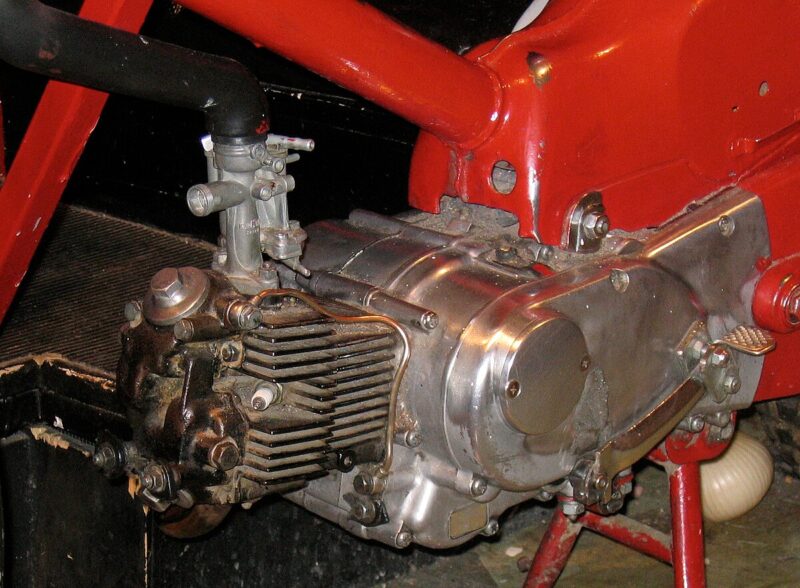
In today’s world, environmental considerations are increasingly coming to the forefront of consumer decisions, and auto repairs are no exception. Opting for used engine parts is an environmentally responsible choice. It’s a form of recycling, reducing the demand for new manufacturing and the associated environmental footprint. By choosing used parts, you’re not just saving money; you’re also contributing to a greener planet. However, it’s important to balance this environmental benefit with the need for safety and reliability.
Availability and Accessibility
The availability of engine parts can vary dramatically depending on whether you’re looking at new or used options. New parts are typically readily available for a wide range of models and can be sourced from numerous suppliers. This availability means that you’re likely to find the exact part you need without much hassle. The situation with used parts can be more hit-or-miss. While you might find a great deal on a used part, there’s also the chance that you won’t find what you’re looking for, especially if you have an older or less common vehicle. This can lead to time-consuming searches and potentially even compromises on the suitability of the part.
Installation and Compatibility
When it comes to installation, compatibility is key. New parts are manufactured to meet the specific requirements of different vehicle models, which means they’re designed to fit perfectly and function seamlessly with your vehicle’s existing systems. This compatibility is a significant advantage, as it ensures that the new part will work as expected without the need for additional adjustments or modifications. Used parts, while often compatible, may not offer the same level of precision fit. This can lead to a more complicated and potentially more costly installation process, as additional work may be required to ensure that the used part fits and functions properly.
Performance and Upgrades
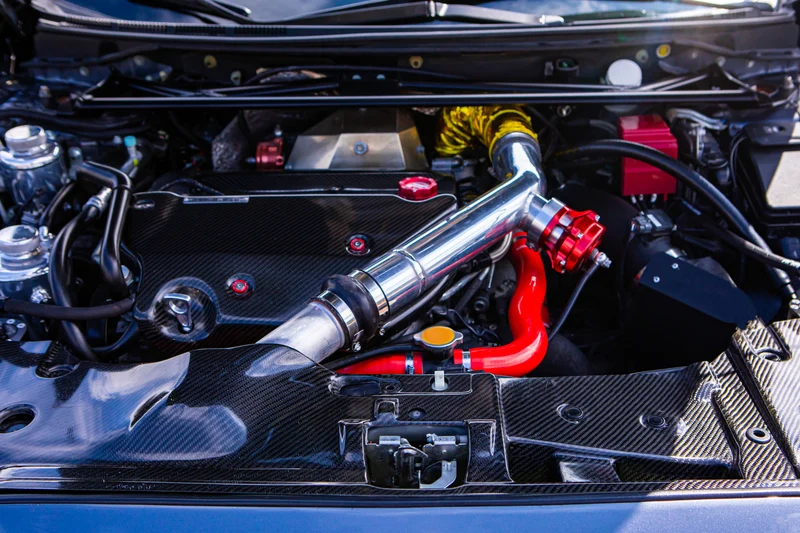
For those who are looking to not just maintain but enhance their vehicle’s performance, new parts are typically the preferred choice. New parts often incorporate the latest technology and design improvements, offering an opportunity to upgrade your vehicle’s performance as part of the repair process. Used parts, on the other hand, are more about maintaining the status quo. While they can keep your vehicle running, they’re less likely to offer any performance improvements. This distinction is crucial for anyone looking to get the most out of their vehicle.
Resale Value
The type of parts you choose for repairs can also affect your vehicle’s long-term value and resale potential. Vehicles that have been maintained with new parts generally have a higher resale value and are more attractive to potential buyers. This is because new parts are perceived as more reliable and less likely to fail in the near future. In contrast, the use of used parts can sometimes lower a vehicle’s market value, as potential buyers may be concerned about the reliability and longevity of these parts.
Risk and Uncertainty
Choosing used engine parts is inherently riskier than opting for new ones. The history of these parts is often unknown, and hidden defects or wear may not be immediately apparent. This uncertainty can lead to unexpected failures and additional repair costs down the line. With new parts, this risk is significantly reduced, as they come with a known history and a manufacturer’s guarantee.
End Note
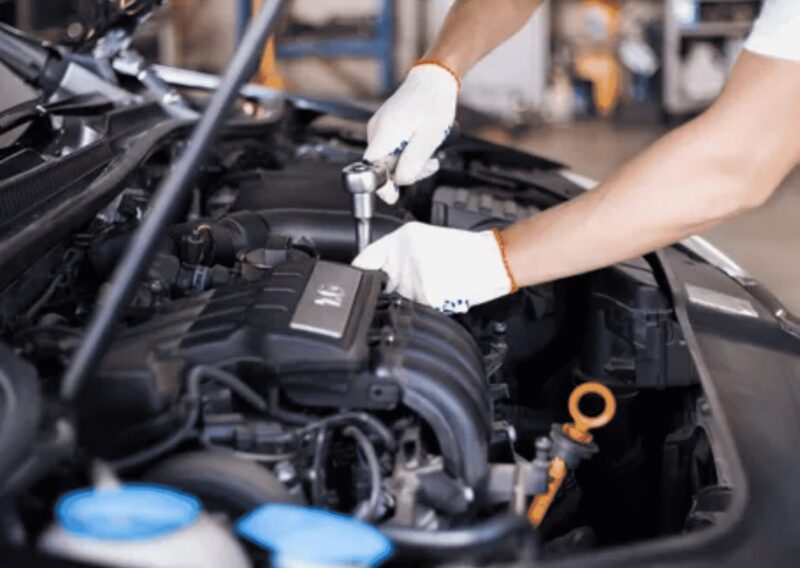
In conclusion, the decision to use new or old engine parts in auto repairs involves a complex interplay of factors including cost, quality, warranty, environmental impact, availability, compatibility, performance, resale value, risk, and personal preference. By carefully considering these factors, you can make a decision that best suits your needs and ensures the health and longevity of your vehicle.
Related Posts:
- Old School RuneScape: 17 Most Reliable Ways To Make Gold
- Personal Heads-Up Display: Tech Company Vuzix…
- 12 Tips for Planning a Team Building Event: Expert…
- Choosing a Family Pet: What Is the Easiest Dog to…
- Tips for Maximizing Compensation in Your Long-Term…
- Becoming a Celebrity: Social Media Management Tips…

